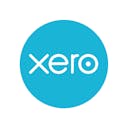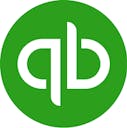Skip to content
FinOps Software
 Accounting
Accounting
Group
System logo
Description
Preference
Pros
Cons
Group
System logo
Description
Preference
Pros
Cons

Xero is a simple but effective finance system
Our preferred system for startups outside of certain conditions (in particular complex groups)

Sage provides a comprehensive but complex suite of tools to manage businesses, including finance and accounting
Too pricey and complex. Lacking some key features on basic packages to be our recommended choice.

Similar offering to Xero in functionality and features - favourite of US companies
A good alternative to SAGE and particularly useful for US companies/ subsidaries
3
Count
Xero
.Advisor Tips
Custom reports

Assurance dashboard and user activity
Manual journals
Find & Recode
Outgrowing Xero
Moving up
Sage
Quickbooks
Chaser
DEXT
AutoEntry
HubDoc
Want to print your doc?
This is not the way.
This is not the way.

Try clicking the ⋯ next to your doc name or using a keyboard shortcut (
CtrlP
) instead.